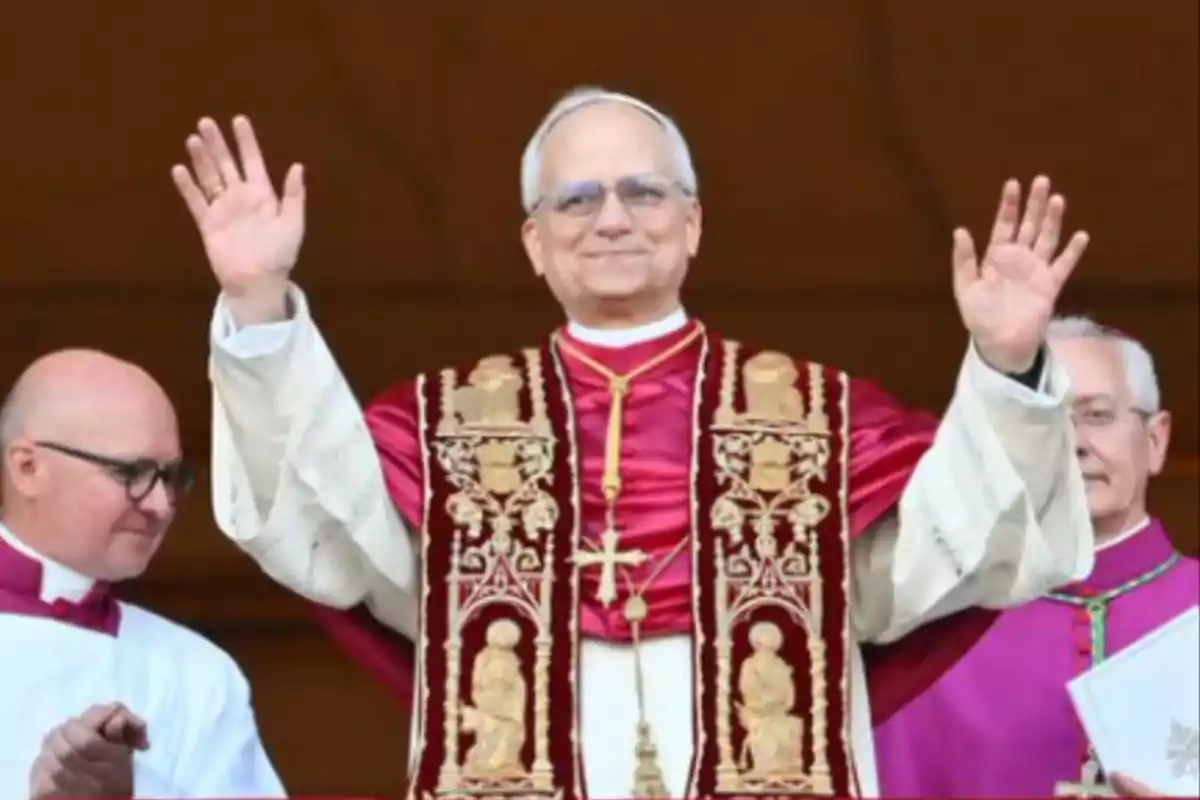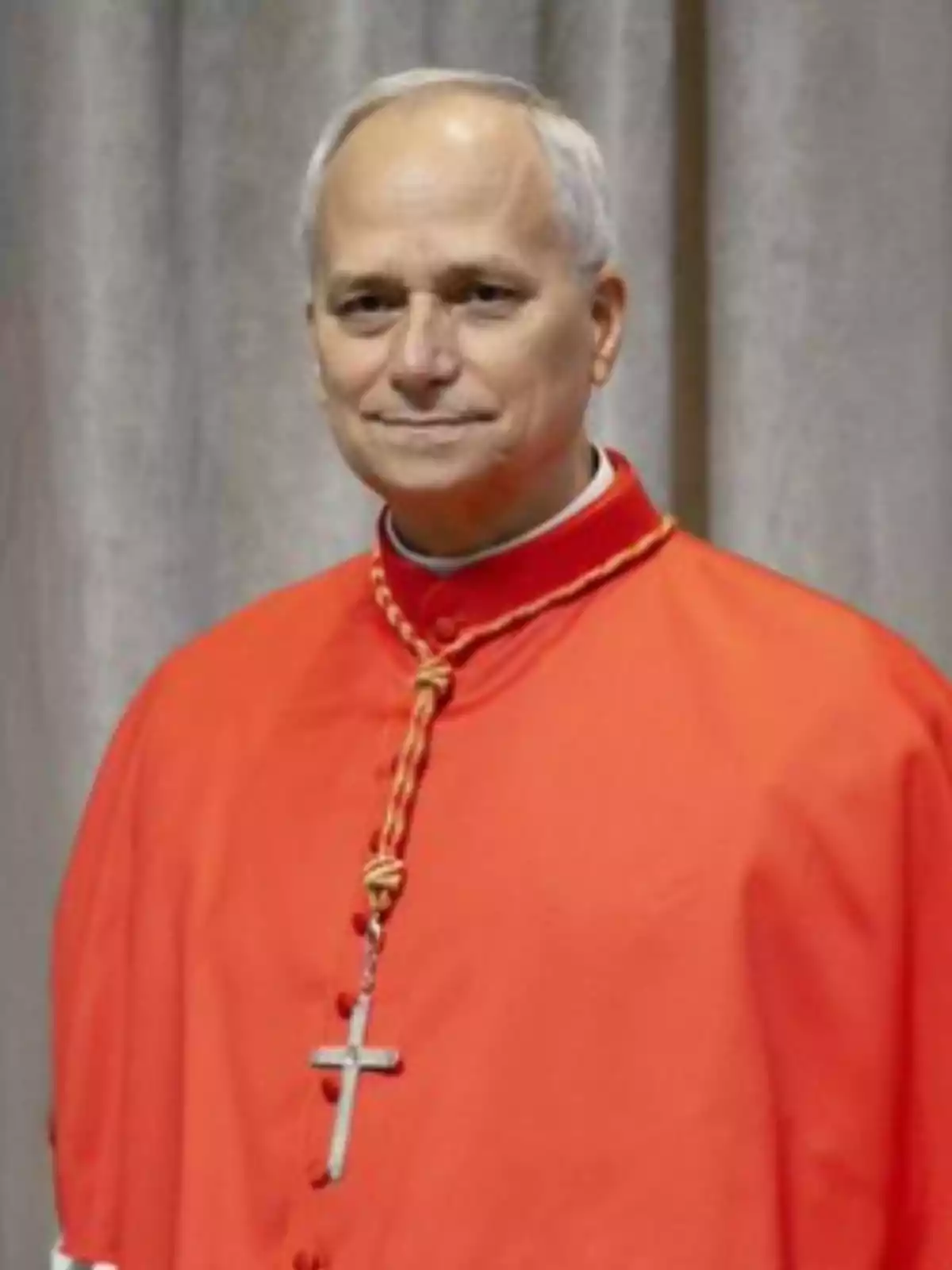
Leo XIV: the story behind the popes named Leo
Robert Francis Prevost was elected as the leader of the Church and chose a name with a strong papal legacy
At 6:07 PM, Rome time, the white smoke surprised the faithful gathered in St. Peter's Square. The official announcement was made from the balcony of the Loggia of Blessings:Cardinal Robert Francis Prevost was elected as the new Pope and adopted the name Leo XIV.
The election was decided in the third vote of the second day of the conclave, with the participation of 133 cardinals from around the world. The new pontiff succeeded Francis, who passed away last April 21 at the age of 88, after suffering a stroke followed by heart failure.
A name with symbolic strength and historical weight
The name "Leo," of Latin root (Leo), has been used by 13 previous popes, and is loaded with meanings such as strength, nobility, and courage. In Christian tradition, the lion also represents the Evangelist Mark, and has been a symbol of leadership in times of crisis.

Several popes who bore this name left a deep mark on the history of the Church. The election of Leo XIV reinforces the connection with that lineage of doctrinal firmness and defense of the Catholic faith.
The history behind the popes named Leo
- Leo I or Leo the Great (400–461) was key in defending Rome against barbarian invasions. He was proclaimed Doctor of the Church and convinced Attila the Hun not to attack the city.
- Leo II (682–683) occupied the throne of Peter for a short time but confirmed the decisions of the Third Council of Constantinople, confronting the Monothelite heresy.
- Leo III (795–816) crowned Charlemagne as Emperor of the Holy Roman Empire and strengthened papal authority against political challenges.
- Leo IV (847–855) protected Rome from Muslim incursions and founded the Leonine City, a direct precursor of the current Vatican.
- Leo V (903) was deposed after a brief papacy and replaced by an antipope. His passage through history was fleeting.
- Leo VI (928) reigned for barely a year during a time marked by ecclesiastical instability.
- Leo VII (936–939) promoted monastic reforms in collaboration with Otto I, Emperor of the Holy Empire.
- Leo VIII (963–965) had a controversial papacy, as he was considered an antipope by many and was imposed by Emperor Otto I.
- Leo IX (1049–1054) played a decisive role in the East-West Schism, which separated the Catholic Church from the Orthodox. He promoted reforms against simony and defended clerical celibacy.
- Leo X (1513–1521), a member of the Medici family, faced the beginnings of the Protestant Reformation led by Martin Luther. He was criticized for his opulent lifestyle.
- Leo XI (1605) died just 27 days after his election, following an exhausting journey to Rome for his consecration.
- Leo XII (1823–1829) was a conservative pope, opposed to modern ideas and a defender of papal control over the Papal States.
- Leo XIII (1878–1903) stood out for his encyclical Rerum Novarum, which laid the foundations of the Church's social doctrine. He promoted the study of Thomas Aquinas and was one of the longest-serving pontiffs.
With the election of Leo XIV, the Catholic Church not only begins a new chapter but recovers a name associated with courage and spiritual authority in crucial moments. The figure of Robert Francis Prevost is projected as that of a Pope willing to uphold that heritage in a time of deep challenges for global Catholicism.
El Papa León XIV se asoma al balcón central de la Basílica de San Pedro para impartir la bendición "Urbi et Orbi"
More posts: